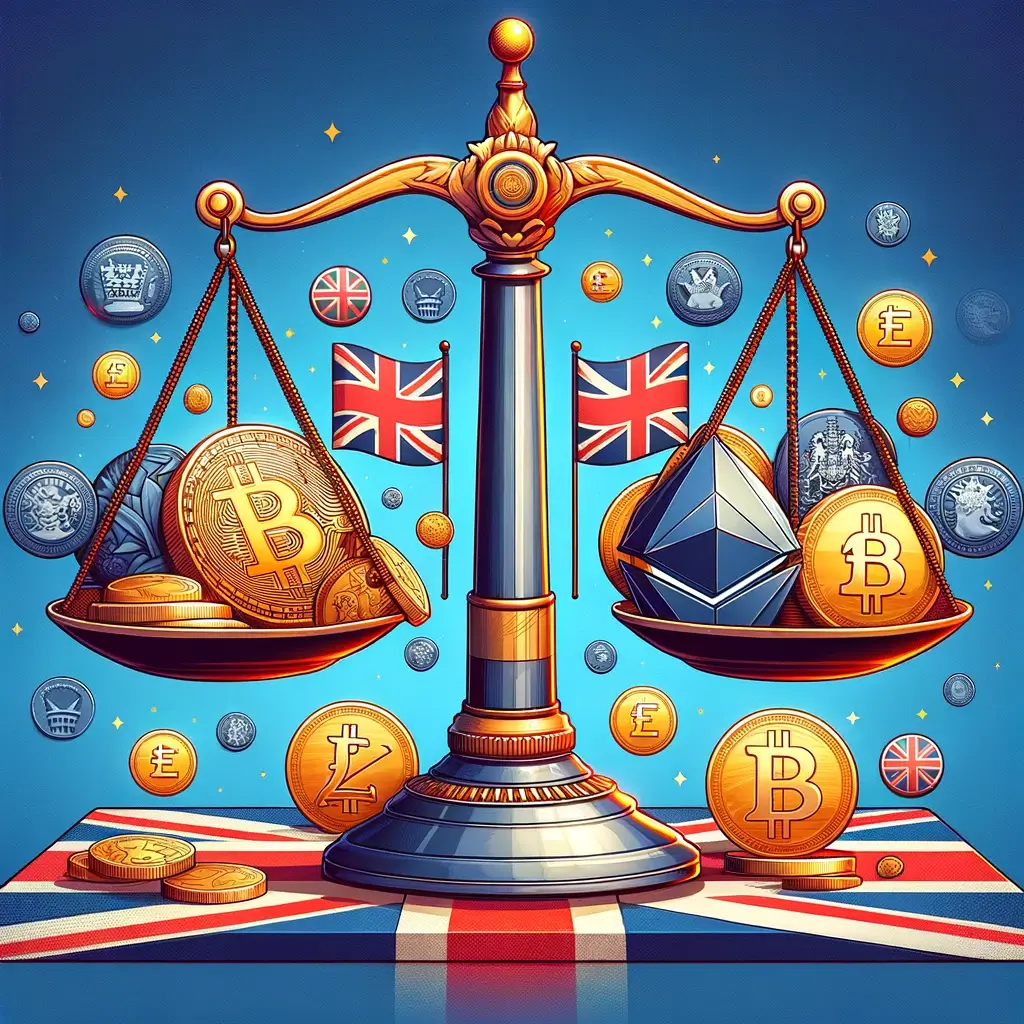
Latest in the D’Aloia Case
Learn more
May 2, 2023
Last Updated: October 15, 2024

NFTs, or Non-Fungible Tokens, have taken the art world by storm. But what exactly are they, and how do they work?
NFTs are unique digital assets that use blockchain technology to verify ownership and authenticity. Unlike other cryptocurrencies like Bitcoin or Ethereum, NFTs are not interchangeable and cannot be divided into smaller units or replicated. Each NFT is unique and carries its own set of information and data.
The term fungible refers to the ability of an asset to be interchangeable with another asset of the same value. For example, one dollar is interchangeable with another dollar. Non-fungible, on the other hand, means that an asset is unique and cannot be replaced with another or divided into smaller units.
The concept of NFTs has been around for a while, but it was only in recent years that the technology advanced enough to make their creation and exchange possible. NFTs were first introduced on the Bitcoin blockchain as a way of verifying digital ownership, but it was the Ethereum blockchain that popularised their use in the world of digital art and collectables. The first NFT sale was conducted in 2014 by the digital artist Beeple, who sold a unique digital artwork for 10,000 ETH (approximately $2 million at the time). Since then, the NFT market has exploded, with high-profile NFT sales by artists like Grimes and Kings of Leon, and even former Twitter CEO Jack Dorsey auctioning off his first tweet as an NFT. According to data from Nonfungible.com, the NFT market has grown exponentially, reaching a total market capitalisation of over $2 billion in 2021. This growth has attracted investors, collectors, and artists from around the world, creating a new and exciting market for digital assets.
NFTs are used in various industries, but they’re especially popular in the art world. Artists can now sell their digital creations as one-of-a-kind NFTs, giving buyers and collectors the chance to own a piece of digital art that’s truly unique. NFTs have also been used to create collectables, such as limited edition trading cards, and for buying virtual real estate in the metaverse.
For many collectors and enthusiasts, the appeal of NFTs lies in the ability to own a unique piece of digital art or collectable. NFTs also provide a level of security and authenticity that traditional digital art and collectables do not offer. This can increase its value substantially, making it a good investment opportunity for many.
An NFT can make money in a few ways. The most common is through appreciation in value, just like any other collectible. They can also generate revenue through sales, or by being used in virtual experiences, such as games or virtual real estate.
As with any investment, there is no guarantee of success. NFTs are a relatively new concept, and their value can be highly volatile. However, some NFTs have sold for millions of dollars, making them a potentially lucrative investment for some.
NFTs are stored on a blockchain, which provides a high level of security. However, as with any investment, it’s important to do your own research and consider your own risk tolerance before making any investments.
If you’ve made gains creating or flipping NFTs, then you may be legally required to pay tax. Join the Crypto Tax Degens community for professional crypto tax advice to ensure that you are in compliance with the law, wherever you may be in the world.

Andy has a breadth of experience as a Barrister and as a Chartered Tax Advisor, which means he comes into the crypto space with expertise he can't wait to share.
Learn more"*" indicates required fields

August 20th, 2024

June 17th, 2024

April 24th, 2024

March 20th, 2024

March 20th, 2024

March 20th, 2024

March 11th, 2024

February 12th, 2024

February 12th, 2024

January 11th, 2024